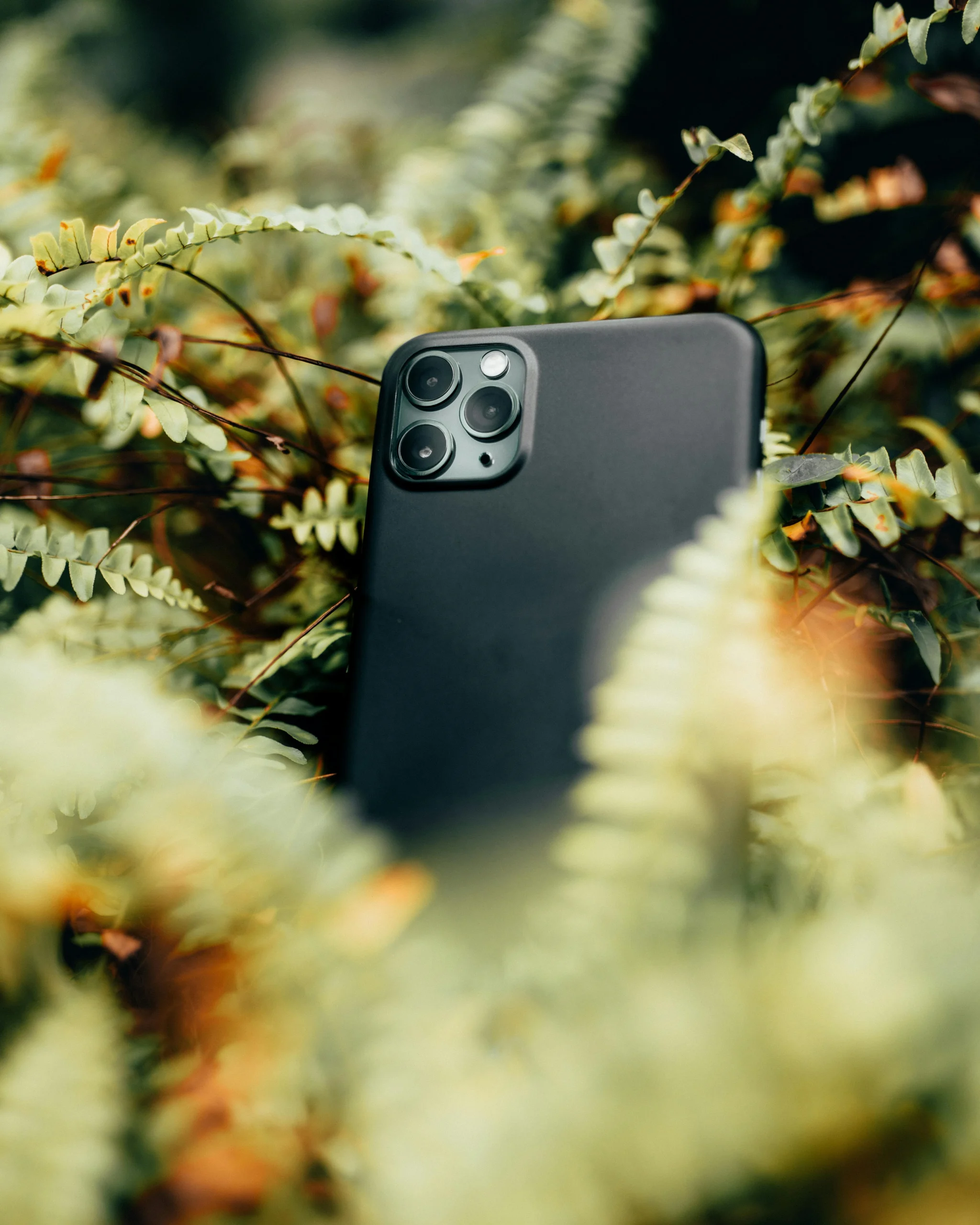Most people who try to build an ecommerce business start with one question: What product should I sell?
And that’s exactly why most ecommerce businesses fail.
If you’ve ever wasted hours scrolling through Amazon bestsellers or TikTok trends hoping to spot the next big thing, you’re not alone. But chasing trends and guessing rarely works. Instead, the most successful founders start with something very different — the people.
At Gro, we’ve helped hundreds of startup founders launch and grow product-based businesses. And the ones who succeed don’t just find a product. They build a system to find profitable product ideas again and again.
In this post, we’ll show you exactly how to do that.
The Wrong Way to Start: Picking Products First
Let’s start with a truth bomb: you don’t need a product idea to start an ecommerce business.
In fact, if you’re starting with the product, you’re likely heading in the wrong direction.
That’s because a good product with no market demand will not sell. According to a study by CB Insights, 42 percent of startup failures are caused by building something that people simply didn’t want.
So how do you avoid becoming another statistic?
By flipping the whole process.
The Gro Way: Start With People
Instead of asking “What should I sell?” ask:
“Who do I want to serve?”
Finding a winning product doesn’t start on Alibaba or Amazon. It starts with picking the right audience. People with clear pain points. People you understand. People who are already looking for a solution.
This is what we call founder–audience fit. The better you know your audience, the easier it becomes to create products they want to buy.
Step 1: Choose Your Audience
At Gro, we encourage founders to choose an audience they either:
- Already belong to
- Have deep experience with
- Or genuinely care about serving for years
Why? Because it gives you an unfair advantage. You know where they hang out. You know their language. You understand their frustrations.
Examples of niche audiences:
- Female runners aged 30–45 who shop online
- New parents living in cities
- Tech freelancers who care about productivity
- Small gym owners looking to offer supplements
These are specific, reachable and real groups of people.
Pick your people first. Products come later.
Step 2: Build a Perfect Customer Avatar
Once you’ve chosen your audience, build out a Perfect Customer Avatar. This is a detailed profile that outlines exactly who they are and what matters to them.
This includes:
- Demographics (age, gender, location, job)
- Daily routine
- Pain points and frustrations
- Desires and aspirations
- Where they spend time online and offline
- What they’ve tried already
The more specific you are, the easier everything becomes — from marketing to product design.
If you don’t know all the answers, that’s fine. This is where Customer Discovery comes in.
Step 3: Find Real Pain Points
Now it’s time to uncover what your audience is actually struggling with. You want to find pain points that are both:
- Common (lots of people experience them)
- Deep (they really want a solution)
At Gro, we use a simple but powerful tool for this: Pain Point Mapping.
You start by listing as many frustrations, blockers and desires as you can for your audience. Then you score them based on:
- How painful they are
- How common they are across your segment
The best product ideas live in the top right corner of that matrix — high pain and high frequency.
You can get these pain points from:
- Conversations with your audience
- Reddit threads and community forums
- YouTube comment sections
- Amazon reviews in your niche
- Customer interviews
You’re not guessing anymore. You’re pulling insights from the real world.
Step 4: Validate Before You Build
Once you’ve spotted a high-potential problem to solve, do not immediately spend thousands on inventory.
Instead, validate the idea. Test demand before you go all-in.
Here are a few ways founders inside Gro have validated ideas:
- Pre-orders — Take orders on a landing page before manufacturing
- Trapdoor MVP — Let customers try to buy, then show “not available” and collect emails
- Crowdfunding MVP — Use platforms like Kickstarter to test demand
- Outsourced MVP — Use print-on-demand or private-label services to launch quickly
- Manual MVP — Manually fulfil orders yourself to test the system
If people try to buy, you’re onto something. If they don’t, you’ve saved money and learned something useful.
Step 5: Position the Product Around the Customer
Once you’ve validated that people want the product, build your offer around what they care about — not what you want to say.
Use their language. Address their objections. Show them how this product fixes something they already know is broken.
At Gro, we teach founders to build their product pages and content based on customer discovery insights, not guesswork.
You don’t need a flashy brand or custom packaging straight away. You need proof that people want this product and are willing to pay for it.
Recap: How to Find a Product That Sells
Here’s your action plan:
- Pick a real audience that you understand and care about
- Build your avatar — go deep into their day-to-day world
- Map their pain points — look for high-pain, high-frequency problems
- Validate early — test demand before you invest
- Position clearly — make the product a direct fix for their frustration
Finding a product isn’t about guessing or copying what’s trending. It’s about listening. The market will tell you what it needs — if you’re willing to ask.
At Gro, we don’t teach product hunting. We teach founders how to build systems that uncover profitable product lines again and again.












